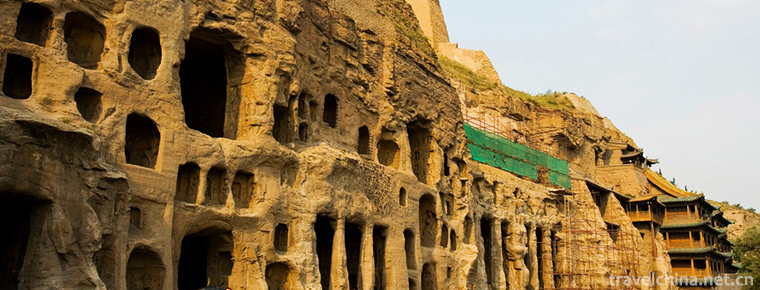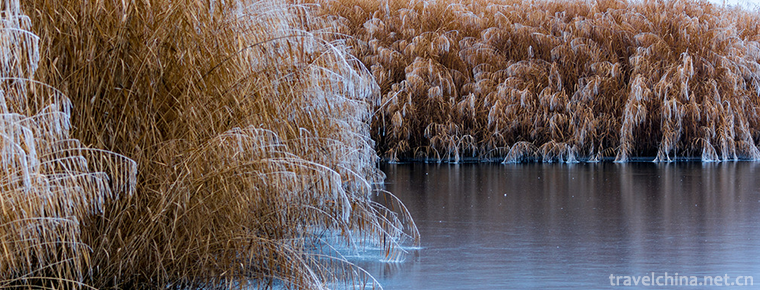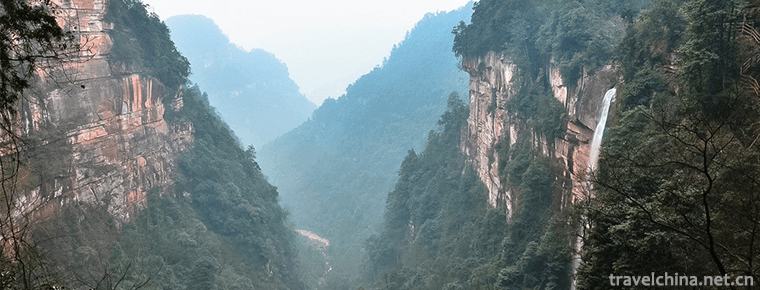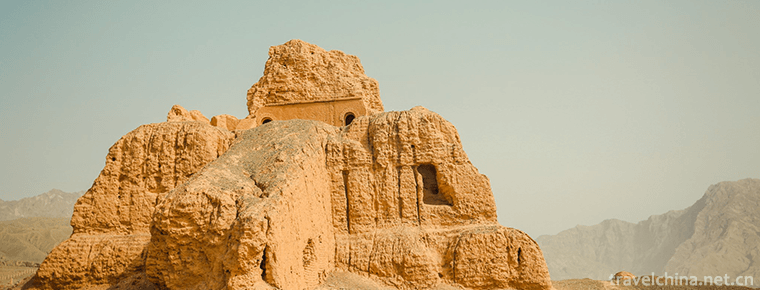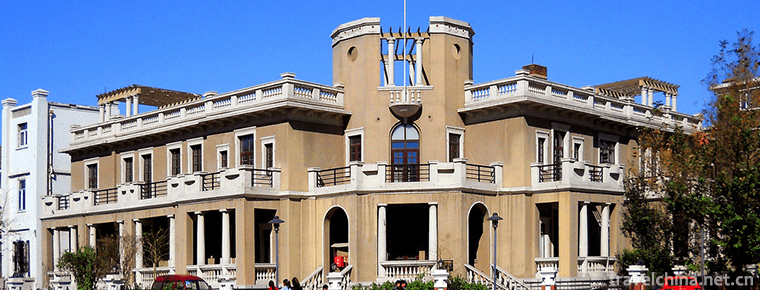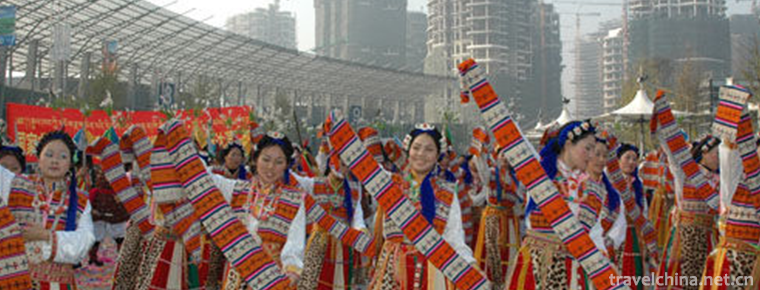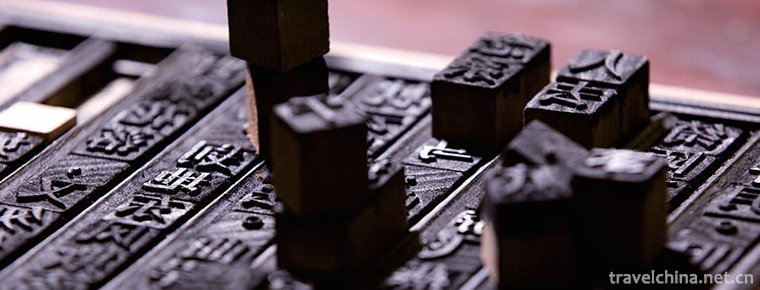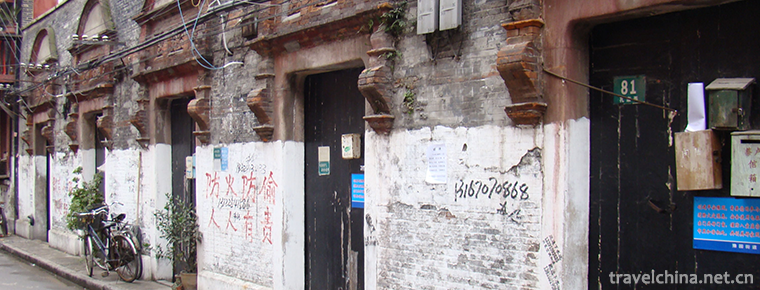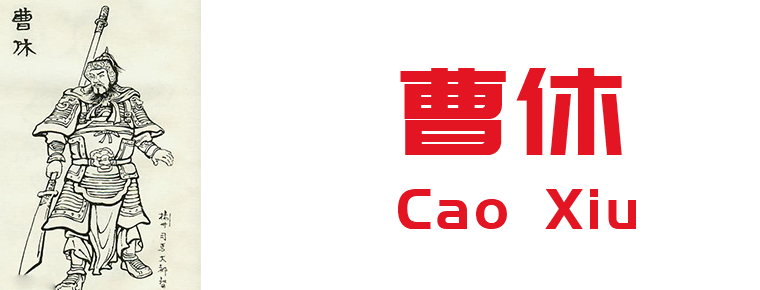Xigaosong Scenic Spot
Xigaosong Scenic Spot
Xiqiaosong Scenic Area is located at the foot of Tianjing Mountain, 13 kilometers west of Chengxian County, in the middle of Yuqiaoxia, a national AAAA-level tourist attraction. The natural scenery here is quiet and beautiful, the mountains confront each other, the streams are clear, a pool of water is like pearls, and a short waterfall is linked one after another. The mountains, rivers, stones and trees in the gorge are all scenic spots, while pavilions, bridges, corridors and pavilions are interesting to each other. West narrow strange in the mountains, beautiful in the water. Looking up, one side is a mountain rising from the ground, the other side is a cliff scattered. On the cliffs, there are many green trees, among which there are ancient trees and old vines winding. The sounds of the Xiangshui River between the two mountains, or the rippling around in the canyon, or the rushing and rushing among the boulders, can also be heard from a distance. What is more interesting is that the water on the cliff, or into a white practice from high down, or from the square of the pavement into a bead curtain, splash dripping, spectacular.
geographical environment
Xiqiaosong Scenic Area is located at the foot of Tianjing Mountain, 13 kilometers west of Chengxian County, in the Yuqiaoxia Gorge. It is a national 4A-level tourist attraction, and is now a national key cultural relic protection unit. In the scenic area, the mountains confront each other, the peaks are magnificent and the scenery is beautiful. On the cliff cliffs, the footprints of the ancient narrow trestle road still exist. There is the inscription of Master Li Keran's Ode to the West narrow trestle.
"Xixiao Song" is one of the "Three Songs" in Chinese Han Li calligraphy, and it is the most well-preserved treasure in ancient cliff stone carvings.
Main attractions
Fish orifice Gorge
Here the natural scenery is quiet and beautiful, the mountains confront each other, the streams are clear, a pool of water is like pearls, and a short waterfall hangs in succession. The mountains, rivers, stones and trees in the gorge are all scenic spots, while pavilions, bridges, corridors and pavilions are interesting to each other. West narrow strange in the mountains, beautiful in the water. Looking up, one side is a mountain rising from the ground, the other side is a cliff scattered. On the cliffs, there are many green trees, among which there are ancient trees and old vines winding. The sounds of the Xiangshui River between the two mountains, or the rippling around in the canyon, or the rushing and rushing among the boulders, can also be heard from a distance. What is more interesting is that the water on the cliff, or into a white practice from high down, or from the square of the pavement into a bead curtain, splash dripping, spectacular.
Dragon pond reflecting the moon
The Yuqiao Gorge, where Ode to the West Narrow, is located, has many cliffs on both sides, such as cutting, folding, confronting, turning, flying, rolling and falling. The water potential changes from turbulence to waterfall to pool to pool. The pool is not very broad and deep, the sky is bright, clouds and shadows, green trees on the headland, the ruins of the ancient trestle, all reflected in it. Legend has it that Huanglong flew out of the pool in ancient times, known as "Huanglong pool". Whenever the bright moon comes into the sky, the moonlight and the water color reflect each other. "The light strange Lingtan is full of vigor and vitality, and the waves are calm and quiet. Mirrors are colorful, pearls reflect thousands of scales and moons. That is why the Eight Sceneries of Chengxian "Longtan reflects the moon".
The Stele Pavilion of Ode to the West Narrow
In Yuqiao Gorge, there is an ancient building with flying eaves and elevated simplicity, namely the stele Pavilion of Ode to the West Narrow, in which the famous cliff stone carving Ode to the West Narrow is placed. Xixiao Song, Shimen Song in Shaanxi Han Dynasty and Yunge Song in Luoyang are also listed as the "Three Songs" in Han Dynasty calligraphy. Inscriptions on steles are rubbings of steles. There are very few original stones of Han Dynasty steles that are still preserved nowadays. Among them, Ode to the West Narrow is one of the most complete cliff inscriptions. The full name of "Xixiao Song" is "Hanwudu Taishou Hanyang Heyang Li Ying Xixia Song", commonly known as "Huanglong Stele", which was inscribed in the four years of Jianning of Lingdi in the Eastern Han Dynasty (171 A.D.) and has a history of more than 1800 years. It is engraved on a cliff with a flat surface, 340 cm wide and 220 cm high. It has four-character inscriptions of "Hui'an Xibiao". The main text is engraved with 20 lines and 385 characters. Each word is about 4cm square. Throughout the whole article, the authentic handwriting of Li Shu in Han Dynasty is clear and discernible. The inscription not only describes the life of Li Yi, who was too conservative in Wudu of the Eastern Han Dynasty, but also his outstanding achievements as a local chief executive. It mainly praises his virtuous government which led the people to open up a narrow road to the West and benefit the people. The inscription depicts the dangers and obstacles of the West Narrow Mountain Road. It describes Li Xie's sighing and ordering the officials concerned to work hard to build roads, cut cliffs and clear barriers, cut high cushions, cut corners and cut straight, finally open new roads, pedestrians'joy, praise merits and so on.
On the right side of the inscription, there are the images of Huanglong, Jiahe, Bailu, Mulianli and Chenglu inscribed on the right side of the text. They are called "Yichi Wurui Tu". They symbolize Li Yi's political masters, Wugu Fengdeng and folk music, which are the image supplements to the inscriptions. In the connection of the two, the pictures correspond to each other, and the illusions and facts are mutually reinforcing. They are excellent pictures and texts in the art of cliff stone inscriptions in the Eastern Han Dynasty. Wonderful structures, they are collectively called "Huanglong Stele" by the local people. There are also inscriptions of Yuan Fu, Qiandao, Chunxi and Guangxu in the Qing Dynasty and some famous people in the Republic of China. Inscribed on the right side of the cliff, the nine characters "Eastern Han Dynasty Cliff Stone Carving West Narrow Song" are inscribed by Li Keran, a famous contemporary Chinese painting master. The inscriptions on the tablet are 12 lines and 142 words, which have the same style as the official calligraphy. They were all written by Qiu Jing of Chengxian people at that time. Qiu Jing's Han De is a small official with a very low status. Even such an unknown little official, he has such a world-famous pen. He can be called an excellent writer and calligrapher, and is really the pride of Longnan people.
Another precious thing about the cliff of Ode to the West Gorge is that it is well preserved. In the "Three Songs" of Han Li Calligraphy, "Songs of Stone Gate" was originally located on the west wall of Shimen in Beipiao Valley, Hanzhong City, Shaanxi Province. In 1971, it was cut and moved for renovating the Jiaohe River. Now it is hidden in the Museum of Hanzhong City. The inscription has been damaged to a certain extent. The stone tablets in the Song of Yunge have been worn out in ancient times, and they were once carved again in the Ming Dynasty, but they are not the original authentic works. Even so, it has been destroyed again and again, and the text is badly damaged. Only half of the original text can be clearly recognized. After more than 1800 years, Ode to the West Gorge has remained intact in its original position, and its style remains the same. The main reason is that the stele body recesses into the cliff wall several meters deep, convex and concave, that is, it is not exposed to sunshine, but also avoids rain. The stele inscription is located in the semi-cliff, once covered by rattan, which is difficult for ordinary people to access. It was later discovered by woodcutters, and the world-famous Ode to the West Gorge was re-presented to the world.
Tourism information
The scenic spot is located in Fengquan Village, Pusha Town, Chengxian County, Gansu Province. Buses arrive at the scenic spot from the county bus station.
Pictures From: http://bbs.fengniao.com/forum/3078274.html










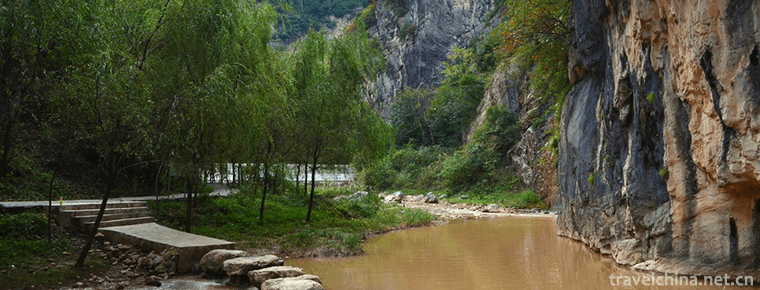
-
Yungang Grottoes
Yungang Grottoes is located in the southern foot of Wuzhou Mountain, 17 kilometers west of Datong City, Shanxi Province, northern China..
Views: 243 Time 2018-11-24 -
Bosten Lake Scenic Area
Bosten Lake Scenic Spot is a national 5A scenic spot, covering an area of 988 square kilometers, is located in Xinjiang, China's scenic spots, Bosten Lake was known as the West Sea in ancient times,.
Views: 219 Time 2018-12-12 -
SiMian Mountain Scenic Area
The Simian Mountain is located in the remnants of the northern slope of Dalou Mountain in Yunnan-Guizhou Plateau, which is an inverted mountain in geology. Located in the south of Jiangjin District of.
Views: 188 Time 2018-12-12 -
Cangyan Mountain Scenic Area
Cangyan Mountain, located 50 kilometers southwest of Shijiazhuang City, Hebei Province, is located in Jinglong County. As the core scenic spot of Cangyan Mountain, Cangyan Mountain Fuqing Temple is li.
Views: 140 Time 2019-01-04 -
Subashi Buddhist Temple Site
Subashi Buddhist Temple Site , also known as Zhaohuili Temple, is located in the south foot of the Queletag Mountains in the northeast of Kuqa County, Xinjiang. It is a national key.
Views: 157 Time 2019-02-13 -
Tianjin Italian Style Area
Tianjin Italian Style Area is located in Hebei District of Tianjin City. It is a quadrangular area surrounded by Wujing Road, Boai Road, Shengli Road and Jianguo Road in Hebei District. There are near.
Views: 148 Time 2019-02-21 -
Acrobatics in Dongbeizhuang
Dongbeizhuang acrobatics is a traditional folk acrobatics in Puyang City. Dongbeizhuang, Yuecun Township in Puyang City, is a pearl in the vast plain of northern Henan Province.
Views: 112 Time 2019-04-27 -
Castawin Dance
Castawin Dance, a traditional dance in Heishui County, Sichuan Province, is one of the national intangible cultural heritage..
Views: 191 Time 2019-05-08 -
Wood movable type printing technology
Dongyuan Village is located in the southwest of Ruian City, Zhejiang Province. According to the local "Wang's genealogy of Taiyuan County", in the early Yuan Dynasty, Wang Famao, a hermit in.
Views: 114 Time 2019-06-06 -
Architectural Construction Skills of Shikumen Lane
Shikumen is a new type of architecture which combines the characteristics of western culture and traditional Chinese dwellings. Shanghai Shikumen Lane Residence originated in Tongzhi Period of Qing Dy.
Views: 125 Time 2019-06-15 -
Southwest Medical University
Southwest Medical University is an ordinary university in Sichuan Province. It is located in Luzhou, a famous historical and cultural city and a civilized city in the region of Sichuan, Yunnan, Guizho.
Views: 121 Time 2019-08-31 -
Cao Xiu
Cao Xiu(? - 228 years). Pei country Qiao (now Anhui Bozhou People. Three countries the Wei state of the Three-Kingdoms Period General, Cao Cao Clan..
Views: 228 Time 2019-09-15
